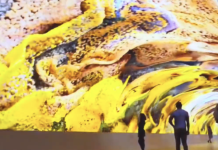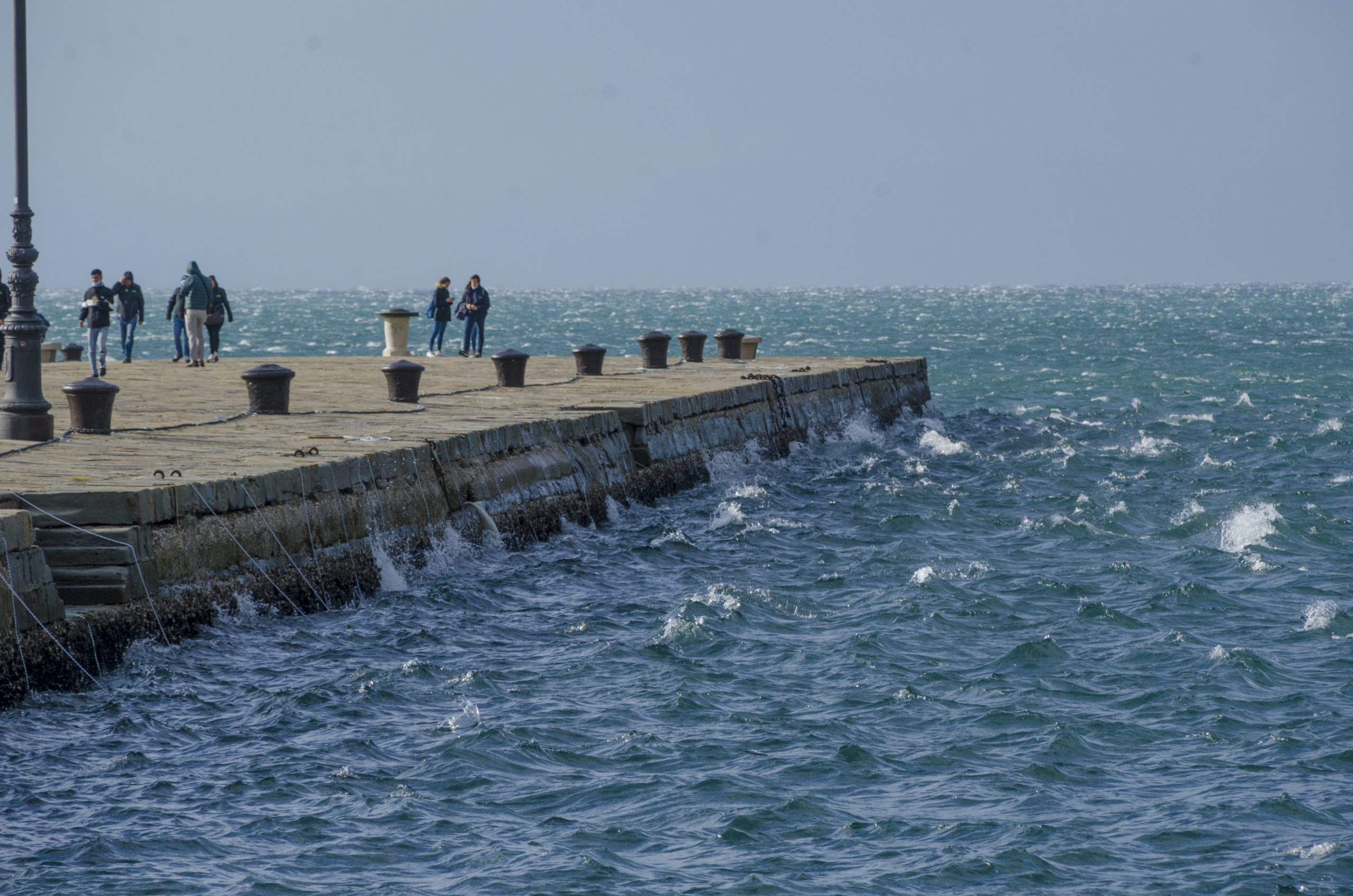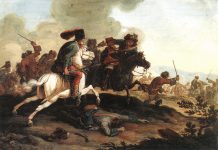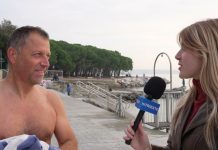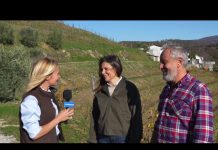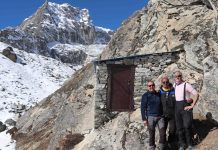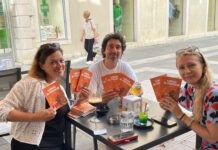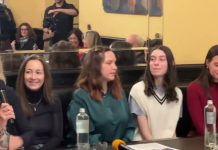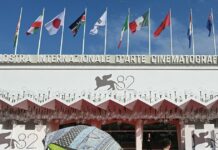by InTrieste
Interviews: FVG governor, Massimiliano Fedriga; Gorizia mayor, Rodolfo Ziberna
Regional officials on Thursday presented an ambitious new cultural infrastructure in Gorizia: the Digital Art Gallery, or DAG, an immersive digital art space created by transforming the city’s historic Bombi underpass into what they describe as Europe’s largest digital tunnel.
The project, unveiled by Friuli Venezia Giulia Governor Massimiliano Fedriga alongside Gorizia Mayor Rodolfo Ziberna and Go! 2025 project manager Claudio Tognoni, is set to open in mid-December as part of the lead-up to Gorizia and Nova Gorica’s tenure as European Capital of Culture next year.
Stretching more than 300 meters, with 100 meters lined entirely with next-generation LED panels, the gallery offers roughly 1,000 square meters of digital display surface. Officials say the reimagined tunnel is intended to serve as a long-term cultural asset, hosting rotating exhibitions by international digital artists.
The inaugural installation, “Data Tunnel,” was created specifically for Gorizia by Refik Anadol, the Turkish-American media artist known for large-scale digital works, including those projected on the Sphere in Las Vegas. Appearing via video link from Los Angeles during the presentation, Anadol described the piece as a continuous visual flow generated from datasets drawn from his research into the “Large Nature Model,” an artificial intelligence system trained on millions of environmental images and scientific archives.
Governor Fedriga said the Region aims to position the new gallery as a global hub for digital art in the coming years, citing the collaboration with Anadol as a significant step. “This is not just a renovation of an existing structure,” he said. “It gives new meaning to a historic space and strengthens the cultural landscape of Friuli Venezia Giulia.”
Entrance to the Digital Art Gallery will be free. Access will be managed by ERPAC, the regional cultural heritage agency.
The project is supported by the Region of Friuli Venezia Giulia, PromoTurismoFVG, the Municipality of Gorizia, EDR, ERPAC, the Ministry of Culture, and the MEET Digital Culture Center in Milan.


